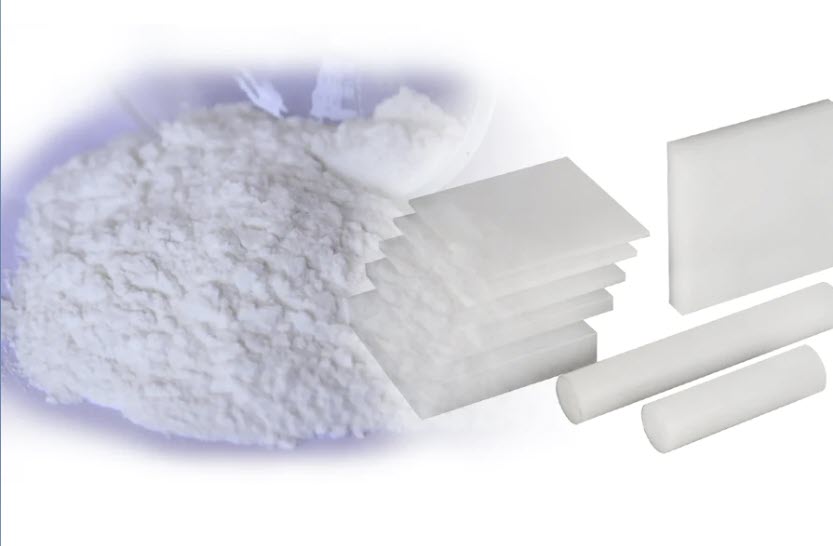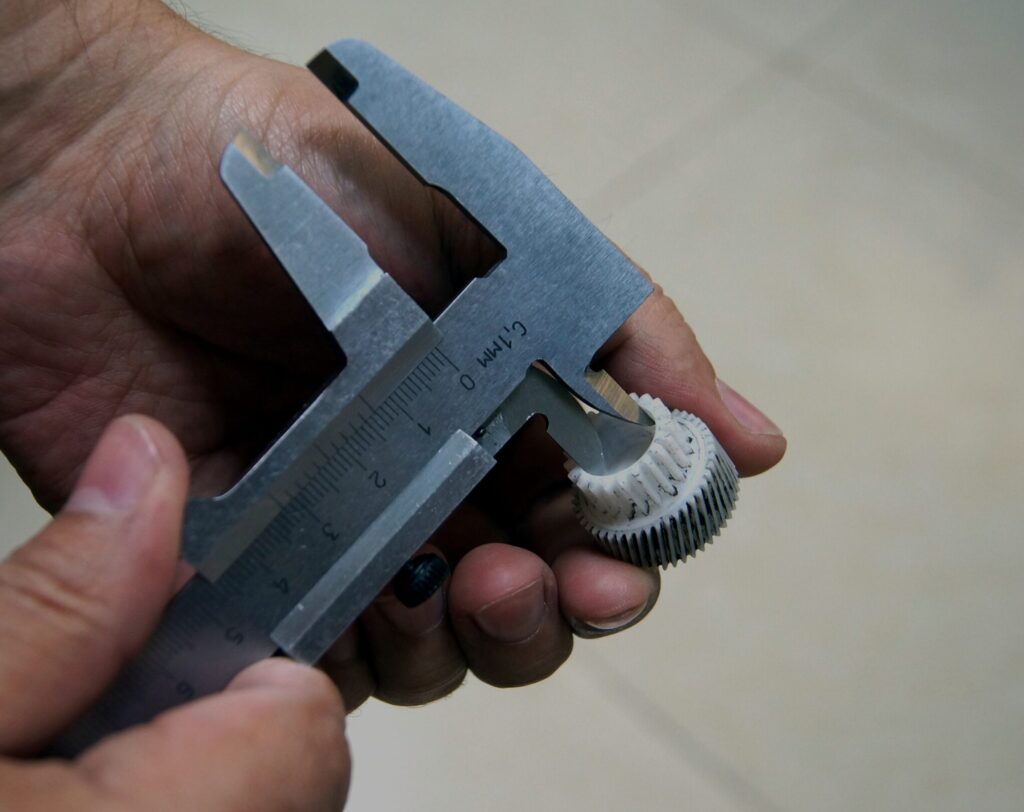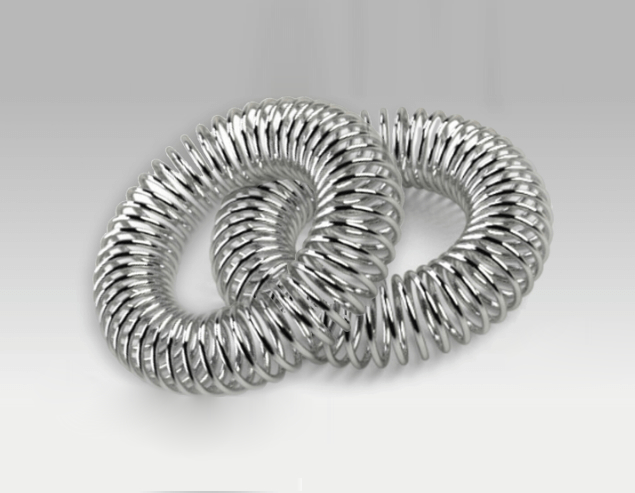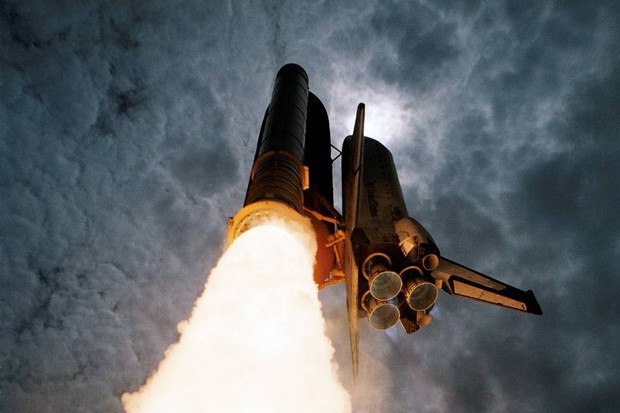PFA plastic, also known as Perfluoroalkoxy, is a type of fluoropolymer with exceptional chemical resistance, high-temperature stability, and low friction properties. It is widely used in various industries due to its versatile nature and unique properties. This article will delve into the world of PFA, exploring its characteristics, applications, and benefits.
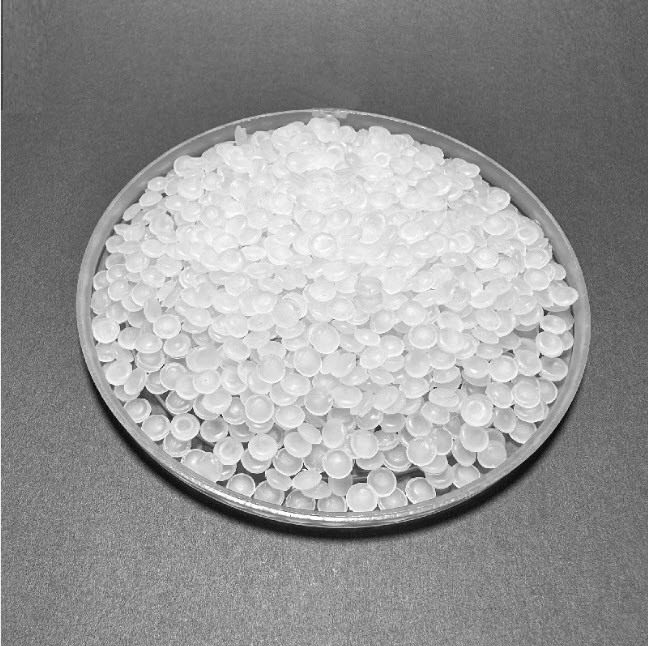
What is PFA Plastic?
PFA plastic is a fluoropolymer that belongs to the family of perfluorocarbons. It is produced by copolymerizing tetrafluoroethylene (TFE) with perfluoroalkyl vinyl ether (PVE). This combination results in a material with excellent resistance to chemicals such as acids, bases, solvents, and strong oxidizers.
The main distinguishing feature of PFA compared to other fluoropolymers like polytetrafluoroethylene (PTFE) or FEP (Fluorinated Ethylene Propylene) is its melt-processability. Unlike PTFE, which cannot be melted once it has been formed into a solid shape, or FEP, which has limited melt-processability due to lower molecular weight chains involved in its synthesis process, PFA can be quickly melted and molded into various shapes using conventional thermoplastic processing techniques.
Properties of PFA Plastic
1. Chemical Resistance
One fundamental property that makes PFA highly desirable in many industries is its exceptional resistance to chemicals. It can withstand exposure to corrosive substances such as acids (including hydrochloric acid), alkalis (including sodium hydroxide), and solvents like acetone or methanol without significant degradation. This property makes it an ideal choice for applications where exposure to aggressive chemicals is expected.
2. High-Temperature Stability
PFA retains its mechanical properties over a broad temperature range, making it suitable for high-temperature applications. It has a continuous service temperature of up to 260°C (500°F). It can withstand short-term excursions at even higher temperatures without losing its integrity. This thermal stability enables PFA plastic to be used in environments where conventional plastics would fail, such as in semiconductor manufacturing or aerospace industries.
3. Low Friction Coefficient
PFA exhibits a low friction coefficient, making it an excellent choice for reduced friction applications. Its low friction coefficient minimizes wear and tear. It allows for easy movement of parts or components that come into contact with each other, reducing energy consumption and improving overall efficiency.
4. Electrical Insulation Properties
Another advantage of PFA plastic is its excellent electrical insulation properties. It has high dielectric strength and low dissipation factor, making it an ideal material for electrical insulation applications that require resistance to moisture, chemicals, and high temperatures.
5. Non-Stick Surface
Like other fluoropolymers like PTFE, PFA has a non-stick surface characteristic due to its deficient surface energy. This property makes it resistant to sticking or adhering substances onto its surface, resulting in easy release and cleanability.
Applications of PFA Plastic
The unique combination of properties offered by PFA plastic makes it suitable for a wide range of applications across various industries:
- Chemical Processing: Due to its exceptional chemical resistance, PFA plastic is extensively used in the chemical processing industry for lining pipes, valves, pumps, tanks, and other equipment that handle corrosive chemicals.
- Semiconductor Manufacturing: In the semiconductor industry, where harsh chemicals are used during wafer cleaning processes or etching operations, PFA plastic finds application as a material for chemical delivery systems, valves, fittings, and tubing due to its resistance to aggressive chemicals and high-temperature stability.
- Medical and Pharmaceutical: PFA plastic is used in medical and pharmaceutical applications where purity, chemical resistance, and biocompatibility are essential. It is commonly used to manufacture medical device components like catheters, connectors, syringes, or tubing.
- Food Processing: The non-stick surface property of PFA plastic makes it an ideal choice for food processing applications. It is widely used in producing heat-sealing films or as a non-stick coating for cooking utensils like frying pans or baking sheets.
- Automotive: PFA plastic finds application in the automotive industry because it can withstand high temperatures under the hood. It is commonly used in fuel system components such as fuel lines or connectors due to its compatibility with gasoline and diesel fuels.
PFA plastic is a versatile fluoropolymer that offers various properties suitable for various demanding applications. Its exceptional chemical resistance, high-temperature stability, low friction coefficient, electrical insulation properties, and non-stick surface make it an ideal choice for chemical processing, semiconductor manufacturing, medical and pharmaceuticals, food processing, and automotive industries. Although relatively expensive compared to other thermoplastics and not mechanically as strong as some engineering plastics, PFA’s unique properties make it invaluable in many critical environments where performance and reliability are paramount.
FAQs (Frequently Asked Questions)
Q1: Is PFA safe for use in food contact applications?
A1: PFA is considered safe for use in food contact applications as it meets the requirements set by regulatory bodies such as the Food and Drug Administration (FDA) regarding purity and compliance with specific regulations governing materials intended for food contact.
Q2: Can PFA plastic be recycled?
A2: PFA plastic can be recycled through specialized processes that break down the polymer chains into their monomer form, which can then be reused to produce new PFA products.
Q3: How does PFA compare to other fluoropolymers like PTFE or FEP?
A3: While all three fluoropolymers offer excellent chemical resistance properties, PTFE has limited melt-processability compared to both FEP and PFA, which exhibits better melt-flow characteristics than both FEP and even some grades of PTFE.
Q4: What are the limitations of using PFA plastic?
A4: The main limitation of using PFA plastic is its relatively high cost compared to other thermoplastics. Additionally, it may not be as mechanically robust as other engineering plastics like polyamide or polyethylene, limiting its use in load-bearing applications.
Q5: Can PFA plastic be used in outdoor applications?
A5: PFA can be used in outdoor applications due to its excellent weatherability and resistance to UV radiation. It can withstand prolonged exposure to sunlight without undergoing significant degradation.

